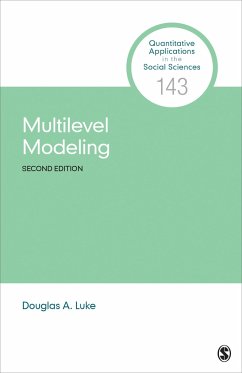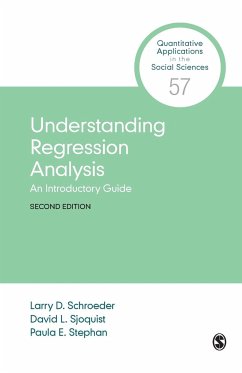
Fuzzy Set Theory
Applications in the Social Sciences
Versandkostenfrei!
Versandfertig in 1-2 Wochen
43,99 €
inkl. MwSt.

PAYBACK Punkte
22 °P sammeln!
Fuzzy set theory deals with sets or categories whose boundaries are blurry or, in other words, 'fuzzy.' This book presents an introduction to fuzzy set theory, focusing on its applicability to the social sciences. It provides a guide for researchers wishing to combine fuzzy set theory with standard statistical techniques and model-testing.














